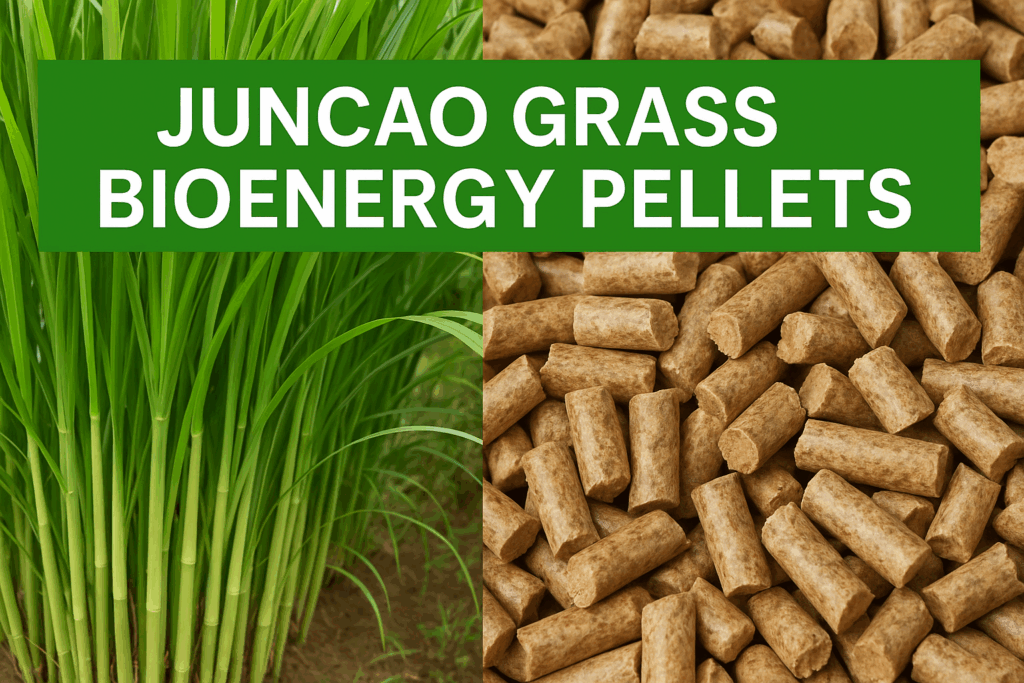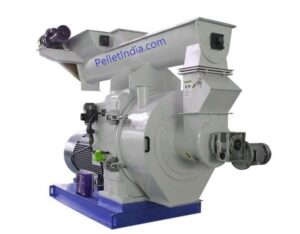
Juncao Grass Cultivation in India:
Juncao grass (from Chinese: “jun” = fungus, “cao” = grass) is a high-yield, fast-growing perennial grass developed for mushroom cultivation, livestock fodder, and bioenergy purposes. Originally developed in China by Professor Lin Zhanxi, Juncao grass varieties like Pennisetum giganteum and Elephant Grass hybrids are now being promoted globally — including in India — for sustainable development.
🌾 Where Can You Grow Juncao Grass in India?
Juncao grass thrives in tropical and subtropical climates. Suitable Indian states include:
| Region | Suitable States |
| South India | Tamil Nadu, Kerala, Andhra Pradesh, Karnataka |
| East India | Odisha, West Bengal, Assam |
| Central India | Chhattisgarh, Madhya Pradesh |
| West India | Maharashtra, Gujarat (with adequate water) |
| North-East | Manipur, Meghalaya, Mizoram (humid areas) |
📌 Key Requirements
🧪 Post-Planting Process & Applications
1. 🌱 Cultivation Process
2. 🍄 Mushroom Substrate Use
3. 🐄 Animal Fodder Use
4. 🔥 Bioenergy Use
✅ Benefits of Juncao Grass



📞 Contact Us for Biomass Solutions
📍 Servoday Plants & Equipments Limited
📞 +91 9427210483 | +91 9427210484
📧 [email protected]
🌐 www.PelletIndia.com
👤 Contact Person: Sanjay Masuria
📲 WhatsApp: +91 9427210483
From Concept to Commissioning. We are with You.
Our policy is simple and transparent:
No undersized parts, no fraud, no fake components—genuinely serving since 1969. 🚀🔥